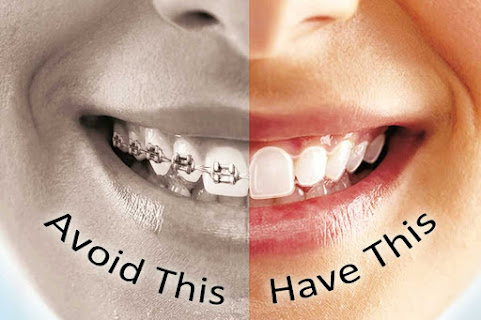ARE CLEAR ALIGNERS AS EFFECTIVE AS TRADITIONAL WIRED ONES?
Orthodontic patients having treatment with removable thermoplastic retainers compared with traditional wired orthodontic braces. The mean age of patients was between 14 and 34 years.
Clinical trials involving orthodontic patients undergoing treatment using thermoplastic removeable aligners, namely Invisalign, in comparison to traditional wired orthodontic braces of either self-ligating or tip-edge bracket systems were included.
Two members of the research team independently selected articles which fulfilled the inclusion criteria and compared results prior to data collection. A third party examiner was available to resolve disagreements. The study quality was analyzed for presence of bias; three non-randomized studies were evaluated and scored using the Methodological Index for Non-Randomized Studies (MINORS), one study was considered high methodological quality, two were considered moderate. The RCT was assessed using the Cochrane Collaboration Common Scheme for Bias and was deemed to be low risk of bias.
The results suggest that Invisalign can provide successful alignment, however, it poses difficulties in achieving occlusal contacts, buccolingual inclination and vertical movement of teeth. One study found that Invisalign cases are more susceptible to relapse, which can be explained through the tipping mechanism compared to bodily movement, of conventional fixed appliances. Furthermore some studies show that although using aligners can result in overall shorter treatment time the final occlusion was not favorable. The outcome of the RCT, showed that aligners can be successful in treating class I malocclusions in extraction cases.



Comments
Post a Comment